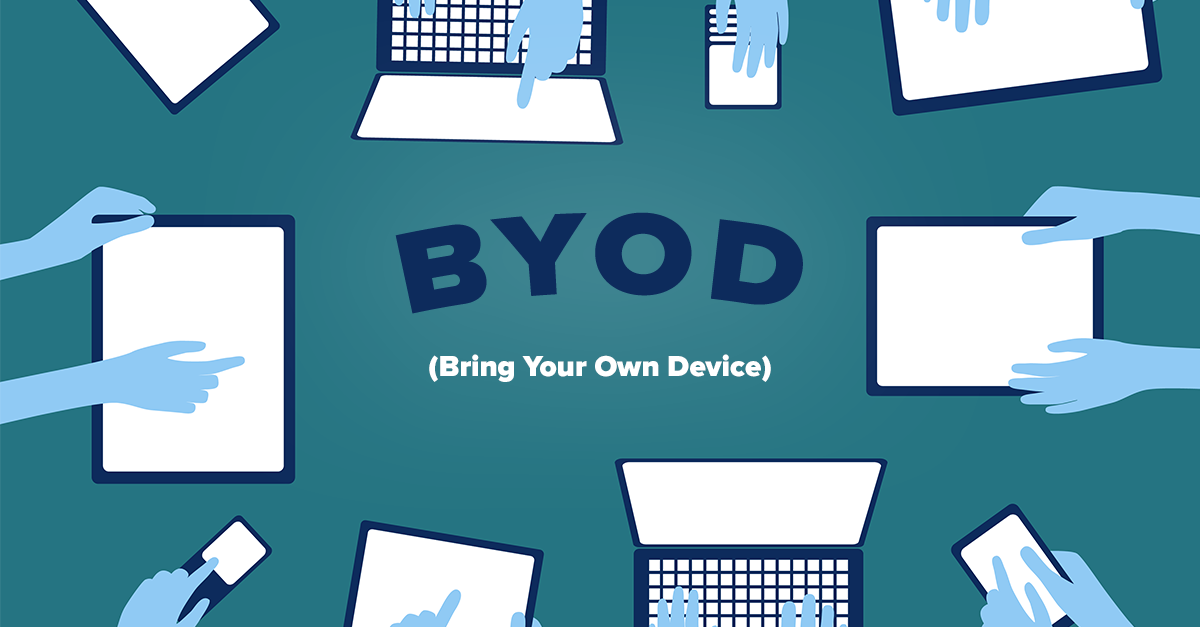For many businesses, Bring Your Own Device (BYOD) is becoming an increasingly popular option. In fact, according to Tech Pro Research, 74 percent of organizations use or are planning to allow it.
And with most employees now owning their own smartphone and laptop, is there really any point in businesses spending extra money to supply what they already have?
[Tweet “Most employees own a smartphone and laptop. So why should a biz supply what they already have?”]
We believe that the issue isn’t quite so cut and dry. This is because, while there are a number of advantages to introducing a Bring Your Own Device Policy into your business, there are also some serious drawbacks.
Here’s a rundown of the some the key pros and cons:
Pros
1. Ease of Use
Employees are already used to their own devices, know how they work and have them set up just the way they want.
2. Flexibility
Employees can work at any time, from anywhere using their existing devices. With their devices at hand, they might also work after hours more and have a more flexible attitude.
3. Maintenance
Users can upgrade their software and security quickly and easily to keep it up to date. They can also potentially repair any hardware problems themselves and also upgrade to the latest devices.
4. Reduced Costs
BYOD saves employers money. Companies don’t need to buy expensive phones and computers for each team member or pay for dedicated operating systems and apps.
Cons
1. Resources
While BYOD saves companies money it also requires extra resources. Companies need to ensure that BYOD devices can operate seamlessly with their systems and may need to purchase special software to accommodate them.
2. Support
It’s difficult to provide comprehensive IT support to employees who BYOD due to specific hardware and software peculiarities. BYOD devices may have problems working or connecting with work.
3. Work policies
BYOD requires a range of new policies and strategies to be implemented at work that can present a challenge. Employees need to be educated about the dos and donts of BYOD.
4. Security
Probably the biggest con, BYOD presents a range of security challenges. Employee devices can be more susceptible to hacking and sensitive data taken offsite can fall into the wrong hands more easily.
Added protection
If you do decide to implement BYOD in your workplace, it’s very important to ensure that you have extra security measures in place to deal with the added security threat.
Implement a clear policy for BYOD and educate your employees to the potential dangers. Also, make sure all BYODs have fully up to date security software installed.
Consider an additional security precaution such as employee monitoring software. Solutions such as our product KnowIT can be installed into all BYOD devices.
The software can then monitor exactly what apps and websites the user visits to ensure that they aren’t doing anything dangerous.
KnowIT can also be set to alert managers if sensitive files are accessed, copied or downloaded to help ensure that data stays where it should on BYOD devices.
Over to you
Does your workplace have a BYOD policy? If so, what measures are in place for preventing threats such as Insider Theft? Let us know in the comments section below.






